My data has trips with datetime info, user id for each trip and trip type (single, round, pseudo).
Here's a data sample (pandas dataframe), named All_Data:
HoraDTRetirada idpass type
2016-02-17 15:36:00 39579449489 'single'
2016-02-18 19:13:00 39579449489 'single'
2016-02-26 09:20:00 72986744521 'pseudo'
2016-02-27 12:11:00 72986744521 'round'
2016-02-27 14:55:00 11533148958 'pseudo'
2016-02-28 12:27:00 72986744521 'round'
2016-02-28 16:32:00 72986744521 'round'
I would like to count the number of times each category repeats in a "week of year" by user.
For example, if the event happens on a monday and the next event happens on a thursday for a same user, that makes two events on the same week; however, if one event happens on a saturday and the next event happens on the following monday, they happened in different weeks.
The output I am looking for would be in a form like this:
idpass weekofyear type frequency
39579449489 1 'single' 2
72986744521 2 'round' 3
72986744521 2 'pseudo' 1
11533148958 2 'pseudo' 1
Edit: this older question approaches a similar problem, but I don't know how to do it with pandas.

